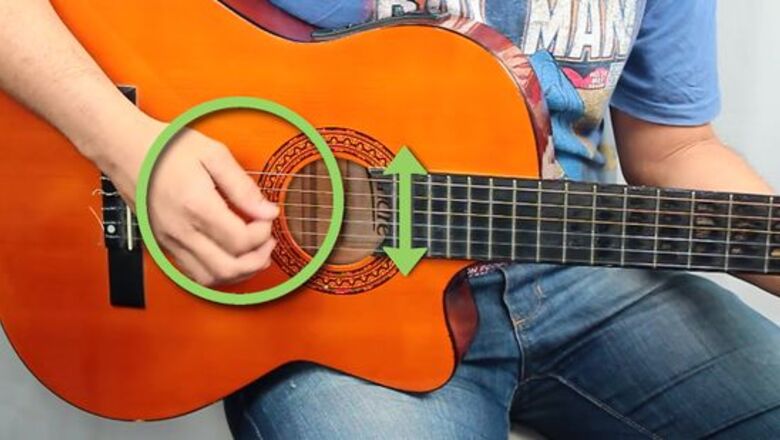
views
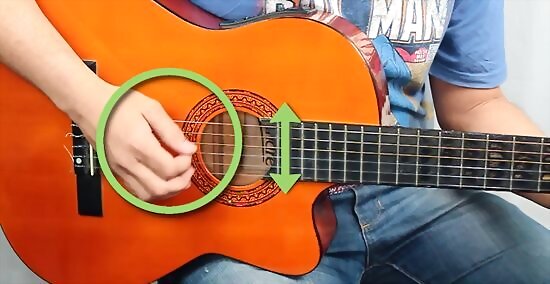
Vary your picking articulation. The most versatile technique for getting a percussive sound from a guitar string is by picking it very aggressively, either with your finger or a pick. Pulling the string outward from the guitar's body a bit when picking it will cause it to slap back into place, lending a sharp, percussive sound to the note.
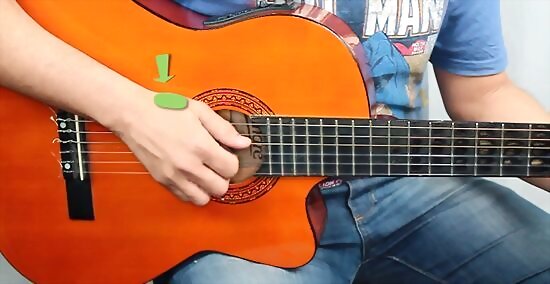
Slap the strings with your palm. Another percussive technique is to slap your picking hand's palm against all the strings. Pushing them hard enough so that they contact the guitar's frets will increase the percussive intensity of this technique. Try employing this slapping technique on the backbeats during a rhythm strumming pattern.
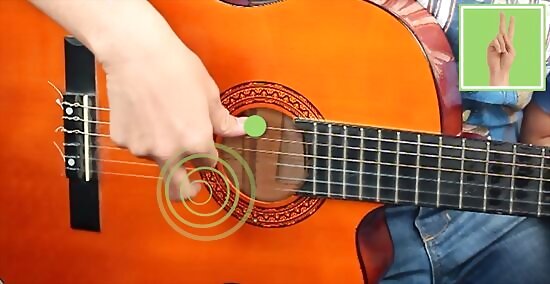
Tap against the body of the guitar with your fingertips. Of course, drumming against the body of the guitar itself will give you the most drum-like effect of all these techniques. You can use your pinky and ring finger for drumming to keep your other fingers free for picking. You can also free your picking hand entirely for drumming by playing passages entirely using hammer-ons and pull-offs.
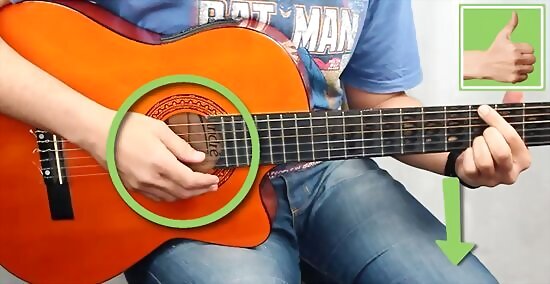
Slap the heel or palm of your hand against the guitar body. For a deeper, more resounding percussive effect from the guitar body, slap the heel of your hand or entire palm against it. This can be used in conjunction with fingertip drumming to create more intricate drumming patterns.
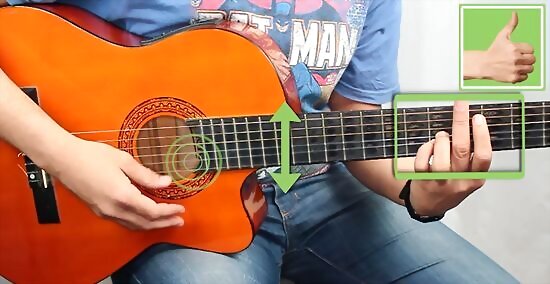
Mute the strings with your fretting hand. When strumming, you can raise your fretting fingers off the neck and hold them just over the strings to mute them. Playing strumming patterns with the strings muted like this will create a tight, crisp, percussive tone.
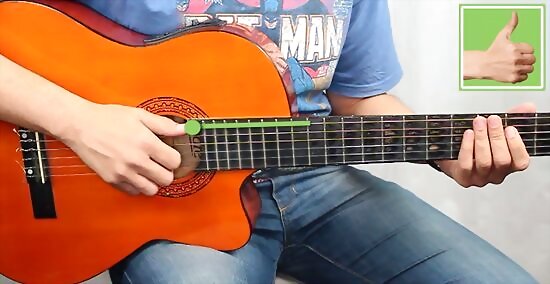
Borrow techniques from slap bass playing. "Slap bass" is a style of playing bass in which the strings are deliberately clapped against the frets with the thumb when sounding low notes. Try this technique when playing the low "E" string to create sharp, crisp bass notes.
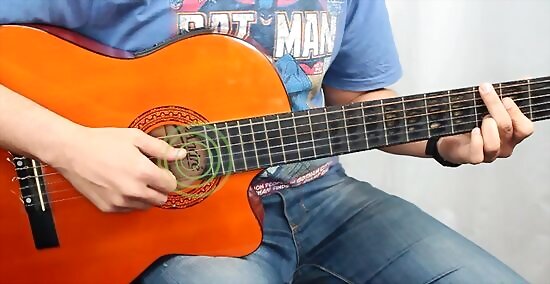
Pay attention to the rhythm of your percussive patterns. Of course, using percussive effects on guitar is most effective when you apply these techniques within common drumming rhythms. Try adding percussive accents to the backbeats of a strumming pattern, for example; in 4/4 time this would mean on beats 2 and 4.














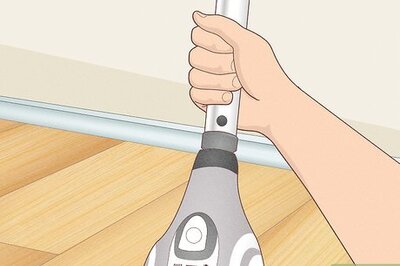




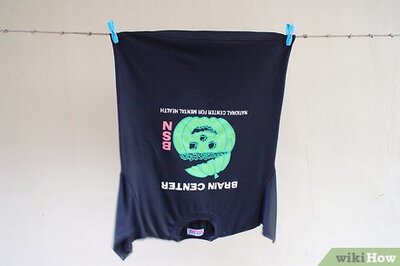
Comments
0 comment